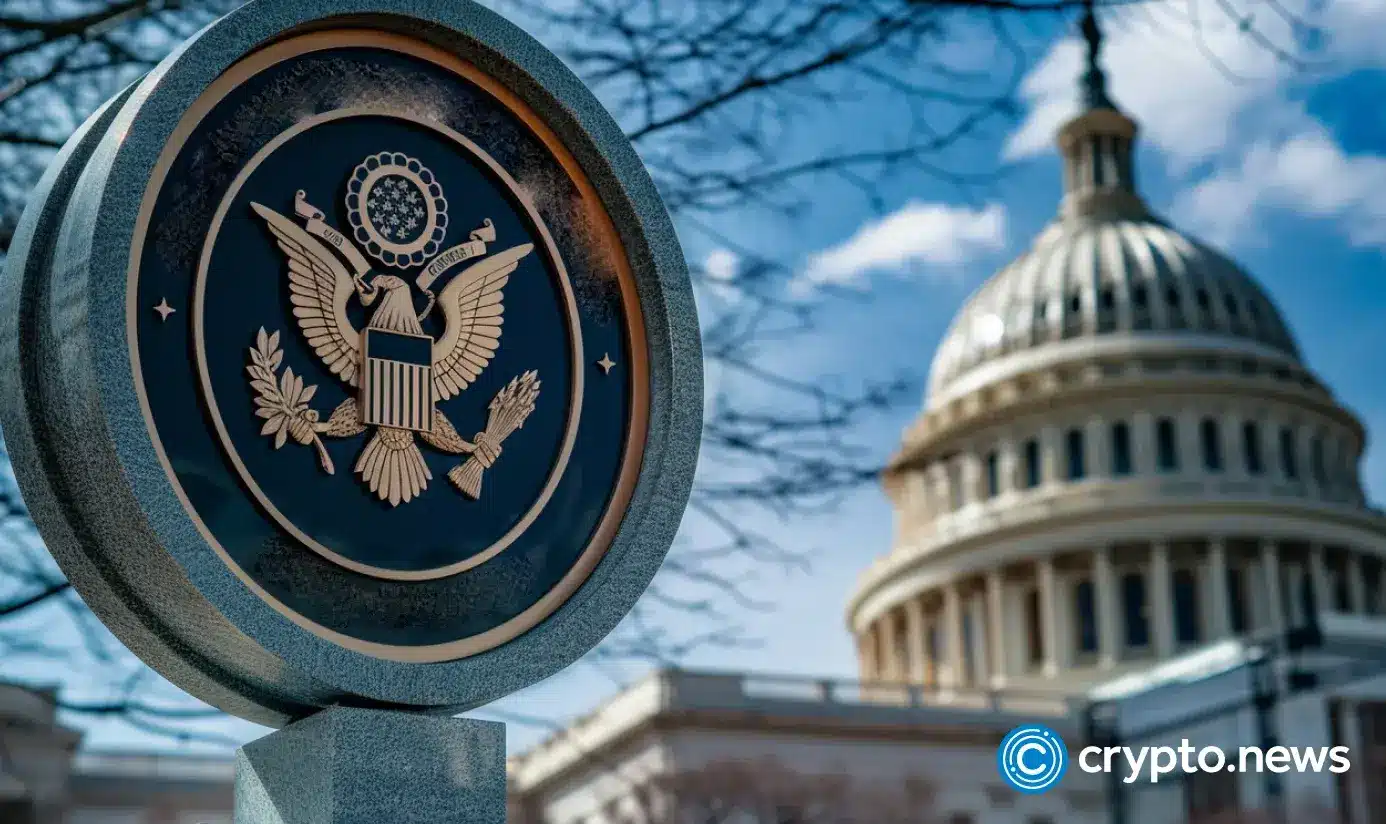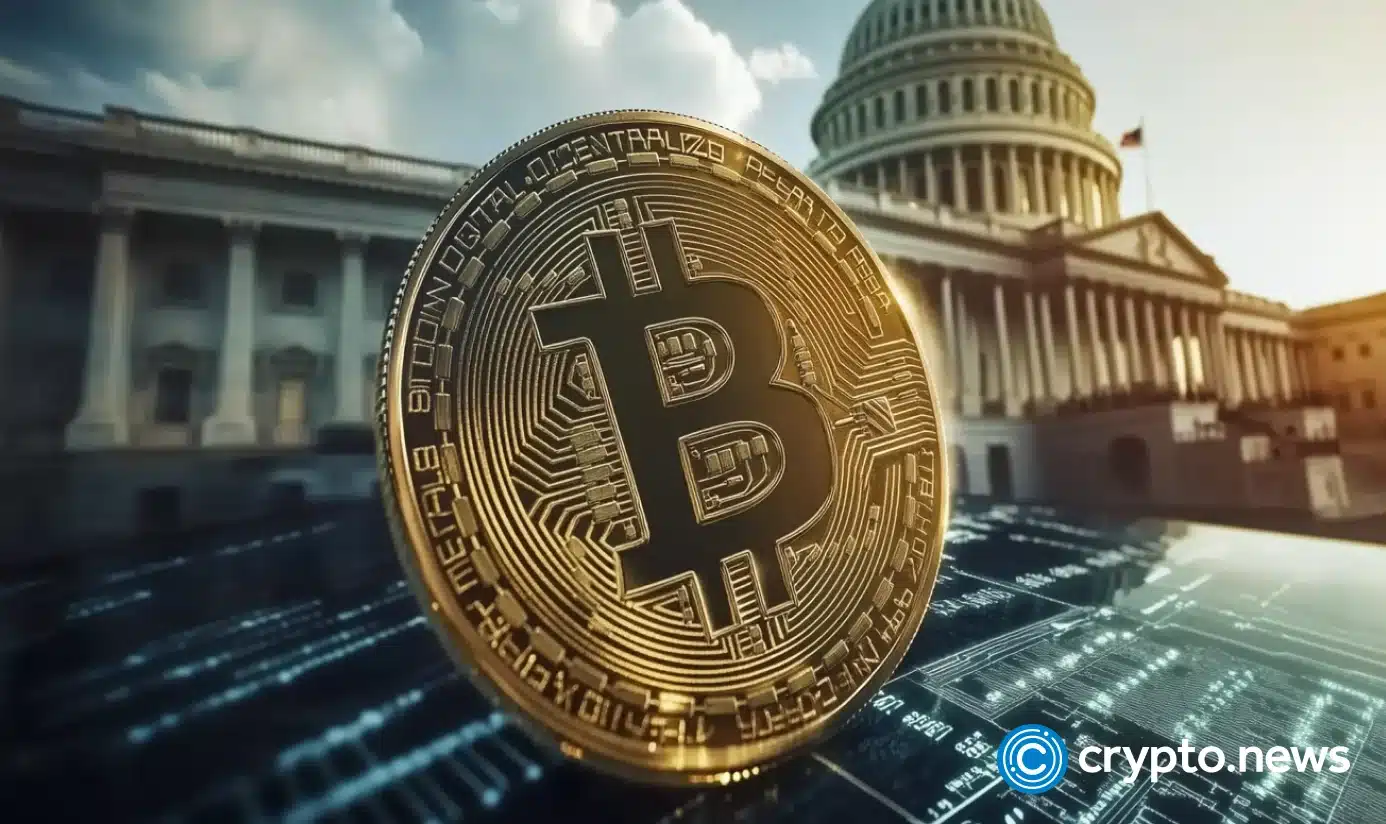Bitcoin is a deflationary asset with a fixed supply, unlike Ethereum, whose supply increases or decreases yearly depending on network use. There will be only 21 million BTC in circulation, and a decent portion, exceeding 4 million, is irrecoverable.
Fewer And Fewer Holders Willing To Sell Bitcoin
Now, recent data shows that fewer and fewer people are willing to part with their BTC. According to on-chain data from the Bitcoin long—and short-term holder supply cycles, less than 10% of holders were eager to sell as of October 2024. This percentage is much lower than the 26% of around mid-2021 and the 64% in 2013.
Interestingly, this trend shows that long-term holders, those who bought their coins over six months ago, and short-term holders, or those who bought their BTC in less than 155 days, are willing to let go of their coins. This position is even though Bitcoin, like any other crypto asset, is volatile, posting sharp price gains or dumps over time.
 Few holders are willing to sell BTC | Source: @AxelAdlerJr via X
Few holders are willing to sell BTC | Source: @AxelAdlerJr via XTo put this position in perspective, Bitcoin is down 15% from its all-time high of March 2024. However, it is also up nearly 150% year-to-date after rising from around $27,000 in October 2023. 2022 Bitcoin prices plunged to below $16,000 after soaring to nearly $70,000 in November 2021.
The cyclic nature of Bitcoin isn’t, looking at hard data, dissuading traders who sell whenever prices dump, for example. This shift in trend over the years shows that more holders are positive about the coin’s long-term potential and even as a store of value.
Traders Playing Don’t Want To Dump, Institutions Loading Up
There could be multiple factors behind this trend, but among the top is the engagement from institutions, especially after approving the first spot of Bitcoin ETFs in the United States early this year.
According to Soso Value, spot Bitcoin ETF issuers in the United States manage over $57 billion of BTC. BlackRock controls more than $21.5 billion of user assets, while Grayscale, which is unwinding its GBTC, has seen over $20 billion in outflows since the launch of the derivative product in January.
 Spot Bitcoin ETF flows | Source: Soso Value
Spot Bitcoin ETF flows | Source: Soso ValueMeanwhile, Adam Buck, the CEO of Blockstream, observes that there are no options–both call and put–that are longer than a year. The CEO adds that this is because most options traders are unwilling to sell their calls since, if they do, most of them will be bought in a flash.
Feature image from Canva, chart from TradingView

















 English (US) ·
English (US) ·